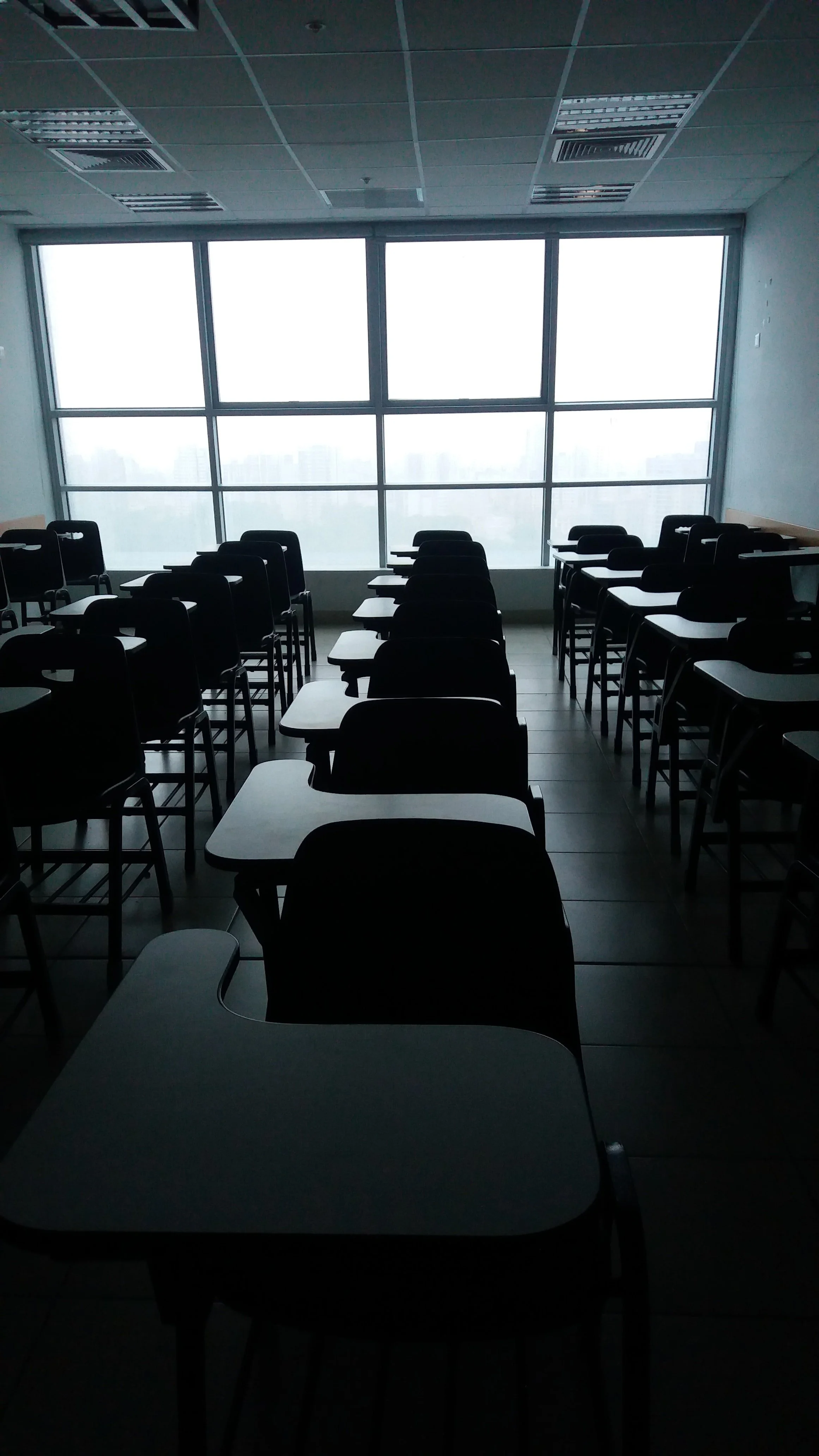Imagine going back to school and returning to the same classroom experience you left two years ago. There is some good in that, and in fact, getting back to school and to what represents normality is a positive.
Imagine sitting in that steel-frame desk that you just can’t get comfortable in. Imagine sitting in rows, raising your hand to ask permission to speak, and having access only to paper, pen, and at certain times, a Chromebook. Imagine the teacher desk, the whiteboards, and the posters that never change. It’s good to be back.
Schools have learned a great deal about themselves, their communities, students, and having to exist within the most disruptive of times. The outcome of the pandemic experience is yet to be determined of course, but I wonder how much was learned about the spaces of school.
What was apparent during the pandemic is the value of assembling together in physical space. That’s stating the obvious. But it's even more true in schools, where the physical classroom serves as the connector between students that want to learn and the adults that will help them do so. That is the reason to come together, and the classroom provides the space to do so.
Similarly, there was frustration with the sterility of virtual environments and the dehumanizing nature of technology. And, you just can’t tell someone they are on mute one more time, can you? If you were to grade technology by itself, and never mind the obvious struggles with mapping traditional pedagogies designed for the physical environment, what grade would you give technology? A D? Maybe C- at best?
So, here we are. With a realization of the importance of the physical space and a realization that education didn't really know much about teaching and learning with technology, at least remotely, and how to educate kids when school wasn’t really school.
What happens next?
Forward-thinking educators and their schools will realize the moment and the possibilities ahead. And that means rethinking the role that physical and virtual spaces play in education.
You can go back to rows, uncomfortable desks from 1975, a front of the classroom, and wall surfaces that promote cognitive overload. That’s an easy way forward, in a time that demands a different type of forward.
Or you can take a different path. You can think of spaces in a different way, and in a disruptive way, that will challenge the normalcy that many seek.
You can create spaces that students want to be in. You can create spaces that say student, display student accomplishment, and communicate that this is their space.
You can create comfortable spaces that enable students to be ready to learn, and that means spaces that support not only physical comfort but social and emotional comfort.
You can create diverse spaces that enable choice and ownership. And in this space, you can include respite spaces that help students regulate their behavior and stay in the game.
You can create spaces that engender creativity, provoke wonder and curiosity, and engage the imagination.
You can create spaces for teachers that widen their ability to design learning experiences, and you can create the design palette that leverages the inherent creativity of educators.
You can create spaces that say we value education and that professional educators should have contemporary spaces worthy of what they do. Other professions do, why shouldn’t educators?
You can create spaces that are welcoming, reflective of community values, and that instill pride in all that enter.
And you can get serious about technology. I’m not talking about the conference exhibit hall floor subscription services that kids use only because you require them. I’m talking about creating generative online spaces where kids do serious creative work and that connect them beyond the brick-and-mortar classroom to the experiences that drive what the world does.
If you are serious about creating a new condition for teaching and learning after the pandemic, you have to start with spaces. Trying to move to a new condition in spaces designed for another era just won’t cut it. Jump in, and no matter your budget, there are ways to improve where students and teachers work together. You can do better.
There was much to learn about education during the pandemic and certainly post-pandemic. Don’t miss the lessons you were taught about the places and spaces of learning.
Banner photo by Rubén Rodriguez on Unsplash
